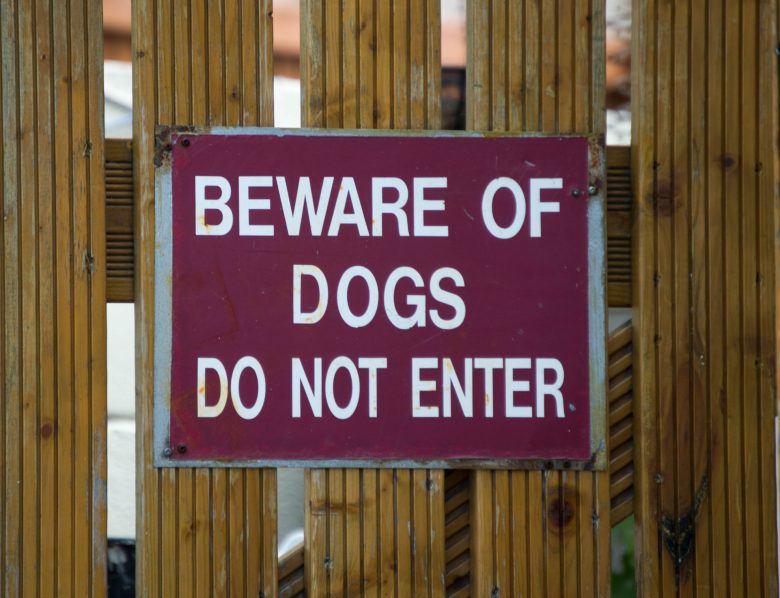The utilities sector is full of hazards: falling objects, noise, explosions and radiation exposure, among others. But although many of those hazards can be identified, modified or removed, dealing with animals is less straightforward.
According to the Humane Society of the United States, 54% of American households owned at least one dog between 2015 and 2016. This means that any utility worker required to enter private property will encounter numerous dogs every day—and many of them will be aggressive. However, frequent exposure to dogs (or any hazard) naturally increases complacency, especially if the worker has safely navigated the hazard without a serious incident for a while.
Dogs pose a workplace hazard to a number of utilities employees, from meter readers to technicians and lineworkers. A dog is a pack animal, which doesn’t necessarily like to see strangers enter its family’s property and it might perceive such people as a threat. In these situations, the instincts of many dogs is to attack, which is why so many letter carriers, meter readers and other people required to enter private property are bitten each year.
With the serious hazards and the potential costs involved in dog bites, what can companies do to protect their workers?
Customer cooperation
The hazard of dog bites has become such a serious issue that some utility companies have changed their policies to keep utility workers safer. If possible, the company should notify customers of when a meter reader or a technician might need to enter their premises and ask that any dogs are restrained. It would also be helpful to provide all customers with some information on the subject of dog attacks on utility workers and make them aware that just because a dog is their best friend, it doesn’t make it everyone’s friend.
The right tools
There are tools available to help workers in the event of a dog attack, including dog spray to deter an aggressive animal. The spray is not harmful to the animal or the worker and can easily be clipped to their belt or pocket, making it simple to carry and available at a moment’s notice.
Additionally, utility workers can carry dog barriers, also known as dog stoppers, which are basically pop-action umbrellas. The sudden opening of the umbrella scares most dogs if used 6-8 feet away from them. It also creates a barrier between the worker and the dog, giving them a chance to back away from the property while keeping the aggressive animal at bay.
Dog batons can also be an option in the event of a dog attack. If such a baton (or even a stick or other object) is placed between the worker and the dog, the animal is more likely to bite the object than the person.
These are three possible options to deter dog attacks on utility workers, but providing tools is not always enough. After all, no company should hand workers their PPE and expect them to instinctively know how to use it. Workers can become complacent with any hazard, even barking dogs, and rushing, frustration and fatigue can easily cause a utility employee to make a mistake, forget about or forego the tools they’ve been provided for protection. This is why the unpredictable hazard of dog attacks also requires relevant training.
Training
Some companies provide employees with dog safety training, which covers all the relevant safety information in detail and can potentially prevent a lot of serious injuries. While not required by law, training to reduce dog bites for technicians and other utility workers is much less expensive than the cost of lost-time days caused by injuries.
Occupational dog bite safety programs cover information ranging from recognizing warning signs in the dog’s posture to the right stance and attitude, including possible ways of fighting dogs off with effective counter attacks. These programs can be even more successful if paired with human factors safety training that improves general safety awareness, reduces complacency and increases the likelihood that utility workers will consistently use the PPE, equipment and training they have received to prevent dog bites from happening.
Dog attacks are a serious and unpredictable work hazard. Taking the step of providing employees with relevant training and simple equipment can protect them when they encounter an aggressive dog while performing their duties.

